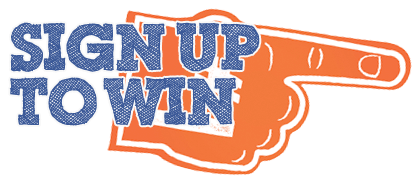For those on the edge of student loan default, it is highly important to avoid student loan default if at all possible. Defaulted student loans can drastically affect all aspects of your financial life, and once you have defaulted, help with defaulted student loans can be limited. To recover the outstanding balance due on defaulted student loans, any of the following steps may be taken:
1. Wage garnishments
2. Tax refund offsets
3. Federal benefits offsets
4. License revocations
5. Fees and fines
6. Legal action
7. Notification of credit bureaus
Once in student loan default the borrower is no longer eligible for forbearances or deferments, and is unable to receive any additional Title IV federal student aid (if in default on any Title IV student loans) until approved payments have been made consecutively for a minimum of six months.
For help with defaulted student loans, the Higher Education Act states that borrowers in default have the right to amend their defaulted student loans by setting up a reasonable and affordable payment plan with the loan holders. To get help with defaulted student loans, the borrower needs to contact the collection agency and arrange to rehabilitate the defaulted student loans. The borrower may need to detail their reasonable and affordable payment plan offer in writing, and may be required to supply additional supporting documentation if needed. Once a payment plan is agreed upon, the borrower needs to make 9 of 10 consecutive payments within 20 days of the due date. Once the payment requirements have been satisfied, the borrower will no longer be considered in default, and the record of the default will be removed from credit reports (however, as a result of the delinquencies which lead to default, your credit may be adversely effected for up to 7 years).
To get additional help with defaulted student loans, borrowers of private student loans can contact the servicer of the loans or the original lender to discuss their options. To get additional help with defaulted student loans, borrowers of federal student loans can contact Default Resolution Group at the US Department of Education.
 sign up
sign up
